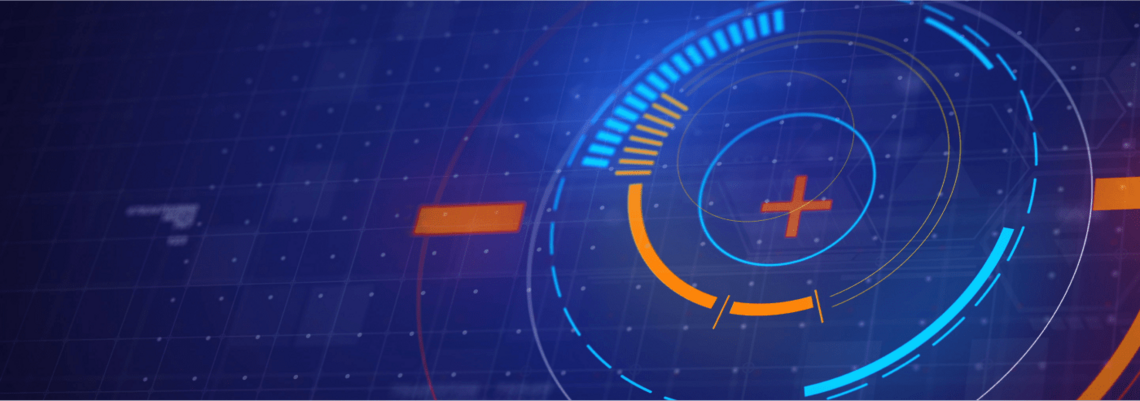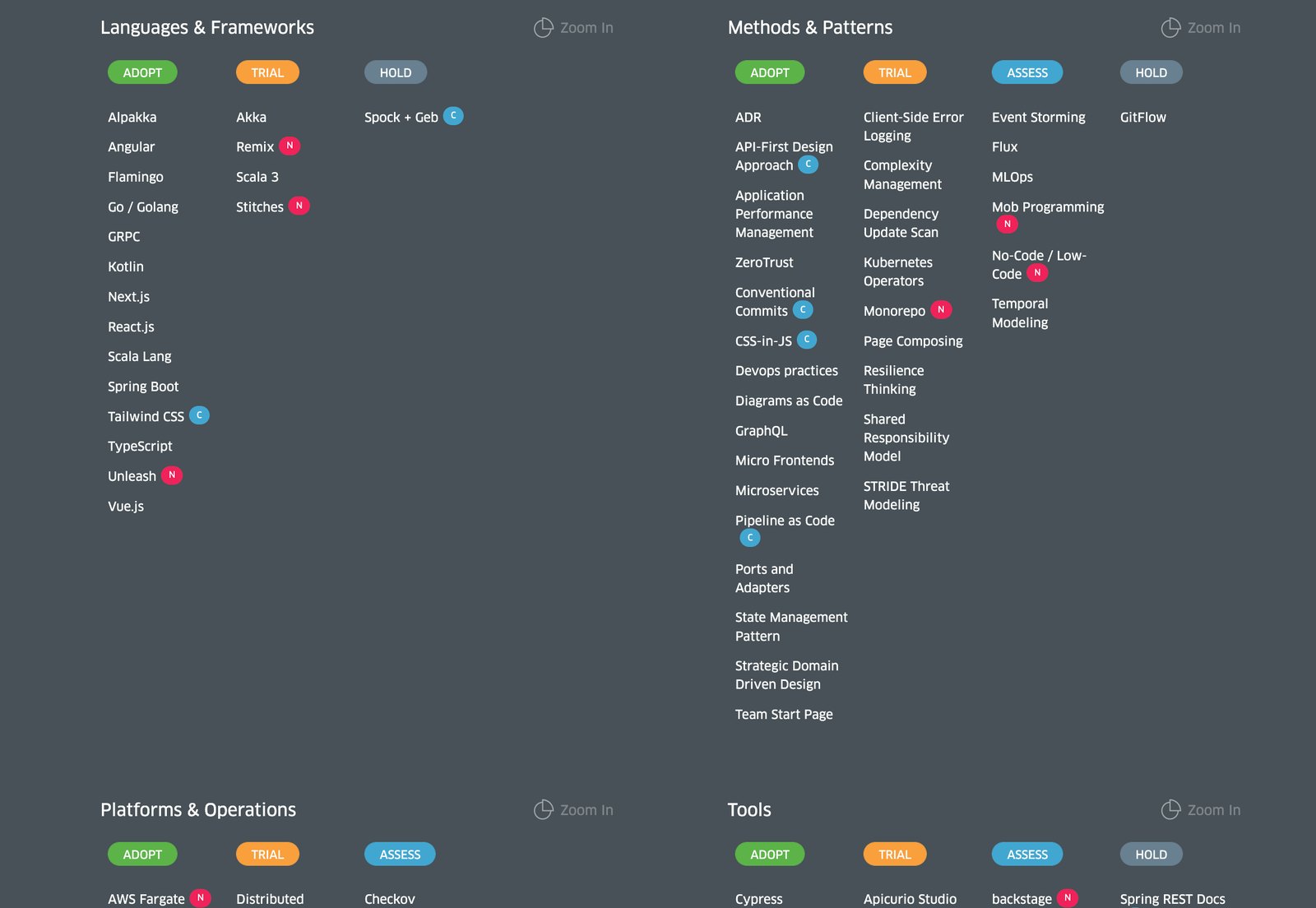We regularly organize this process for publishing new releases in such a way that all teams are invited twice a year to propose suggestions for new technology blips or relevant changes to existing blips based on their project experience. We collect these on a virtual board, where they can already be discussed.
Then we organize a "radar update" meeting. Here we come together for half a day with the appropriate experts from our COPs (Community of Practices on different focus topics) and representatives from the teams to discuss these suggestions.
In this way, the roughly updated radar is created piece by piece during this meeting. Towards the end of the meeting, tasks are distributed according to the pull principle: The main tasks concern the formulation and the actual updating of the blips. Here we directly use Github and pull requests for updating, since the radar itself is maintained as code in Github. Incidentally, we also maintain smaller updates between major releases.







